Using old film lenses on modern cameras to some might seem odd. Why would you want to put any 40-year-old lens on a modern digital camera?
After all, surely a modern computer-designed lens for digital cameras is going to be better than a piece of glass designed with a slide ruler and pencil? Well, yes and no.
Sure, modern computer designed lenses are amazing bits of kit, but they are also expensive bits of kit.
Those lens designers of yesteryear spent decades honing their skills to design amazing lenses. In their day, they too were expensive, these days however you can pick them up for little more than the price of a takeaway pizza.
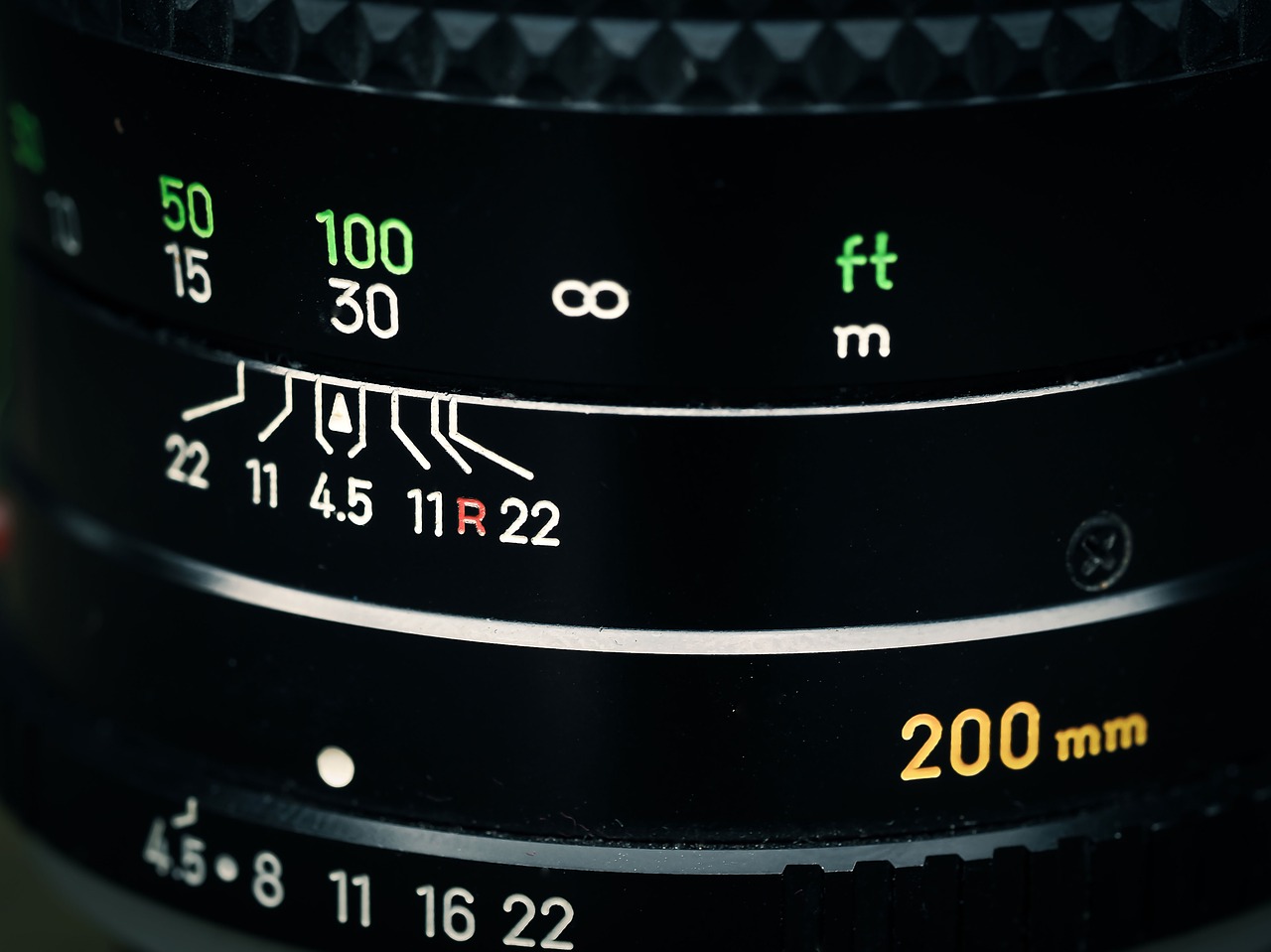
If you are prepared to live with some of the downsides, you can bag a collection of incredible film lenses for next to nothing. Let’s look at why you should use old film lenses on modern cameras and what the obvious downsides might be.
1. Better Build Quality
There is no denying that outside top level professional lenses, many of today’s models are pretty cheaply made. Plastic barrels and even plastic mounts do not inspire confidence for longevity.
Lenses of the film era, even the cheap ones, just feel better built. Turn the focus ring and you have a sensation of sublime engineering at work. Turn the aperture ring and the f stops slot into place with a reassuring “click.”
There is a feel to old film lenses that seems to have been lost in modern optics.
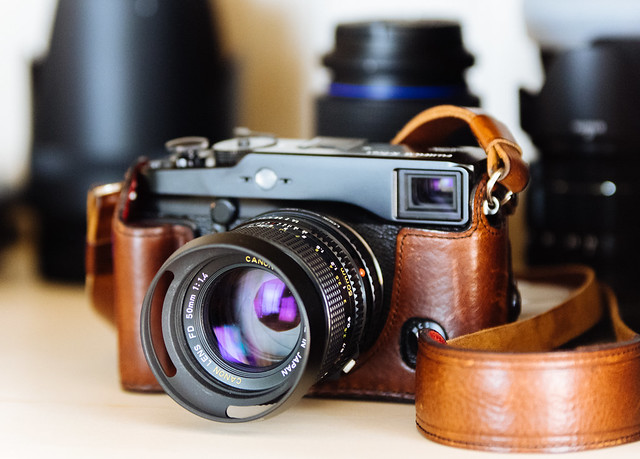
A Canon FD lens on a modern Fuji. Quality glass for little money.
2. Pro-Level Lenses at Dirt Cheap Prices
If you were a photographer in the film era you will have lusted after some incredible lenses. Ultra wide fisheyes, super fast telephotos, stunningly sharp portrait lenses like today, they were all available decades ago. They were also all very expensive.
Today, however, many of these amazing lenses are available dirt cheap, their mounts long since retired. An exception to this are old Nikon lenses.
Nikon's decision to maintain backward compatibility has maintained demand for it’s older lenses. It's a different story with Canon FD. The FD mount produced some amazing lenses before being obsoleted by the EOS cameras. Olympus OM lenses also have a sterling reputation for quality at great prices.
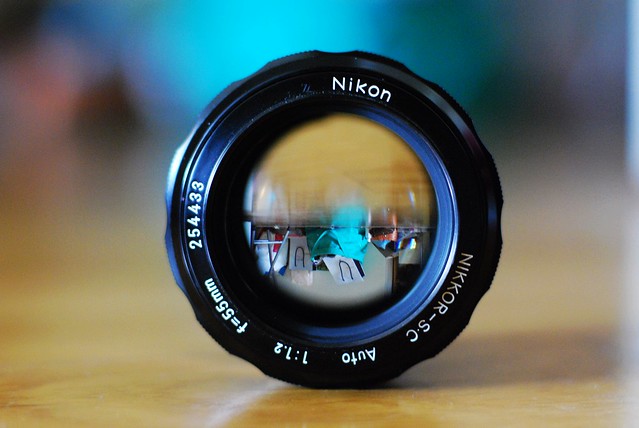
A new f1.2 lens would be hideously expensive.
3. Manual Focus and Exposure
You might think that one of the disadvantages of old film lenses is having to manually focus and stop down the aperture. However, this can be a positive too. Manually focussing not only gives you a sense of satisfaction it's an important skill to learn.
It makes you slow down and take a more considered approach to your photography. Stopping down manually can be an issue, particularly on DSLRs with optical viewfinders. The image will become darker as you stop down. Your camera’s metering system will continue to work however allowing you to accurately get the right exposure.
4. Adapters and Speed Boosters
The enabler for the old lens revival has been the availability of cheap lens mount adapters. There is an adapter for many old mounts to most modern camera systems.
Do some research when buying, some very cheap adapters have a lot of play in them but high-quality ones can be very well engineered and give a snug fit to the camera. For the most part, these adapters, as mentioned, will require you to stop the lens aperture down manually.
Another technology to come out of old lenses is the “speed-booster.” Dominated by Metabones, but also available by other cheaper companies, these adapters actually increase the speed of your lens.
They work by having a lens within the adapter. The effect of this is to add an extra stop of light to the sensor, effectively making an f2.8, f2.0. They also reduce the crop factor of lenses.
For example, a lens on M4/3s mount has a default crop factor of x2. Speed-boosters can reduce this to about x1.7.
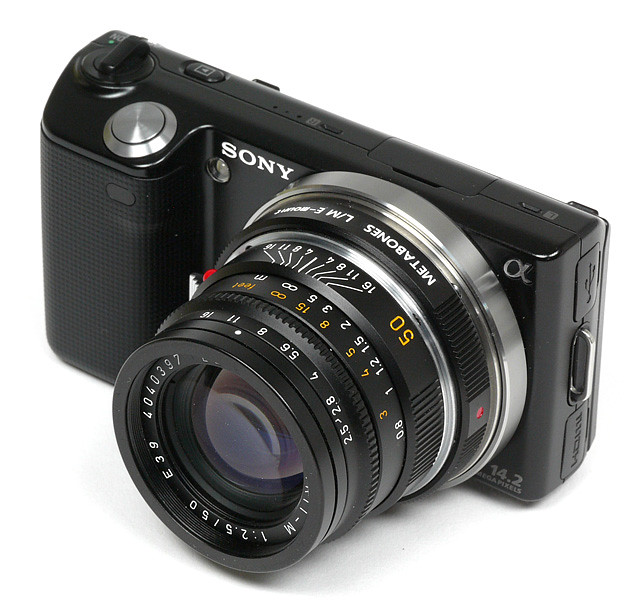
Speedboosters and adapters have given a new lease of life to old lenses.
5. The Mirrorless Factor
One area where old film lenses really shine is on mirrorless cameras. One of the primary reasons for this is the electronic viewfinders. As you manually stop down an old lens, the viewfinder will compensate the lower light level by boosting the light in the viewfinder.
This can also be done on DSLR cameras using the LCD in live-view mode.
Mirrorless cameras are also increasingly being used for video, in particular, 4K video. Old manual lenses are very much suited to this, their focus ring often has a nice amount of resistance making focussing a joy.
Old lenses are not perfect for every situation. Sports and wildlife photographers spring to mind. But for slower paced photography and video production they are a great way to build a range of high-quality optics without breaking the bank.
Further Resources
- 10 Reasons Why You Should Use Manual Focus by Ritesh Saini
- How to Use Old Lenses and Speed Boosters With Your New Camera by Jason Row
- A Brief Guide to Buying Secondhand Lenses by Jason Row
Further Learning
Post Production.
If you're new to Photoshop, you'll at least want to get some of the basics down with editing outside of Lightroom (a great tool in itself), this complete video course by Steele Training will ensure you are prepared for those editing touches you need to get your images just how you want them.

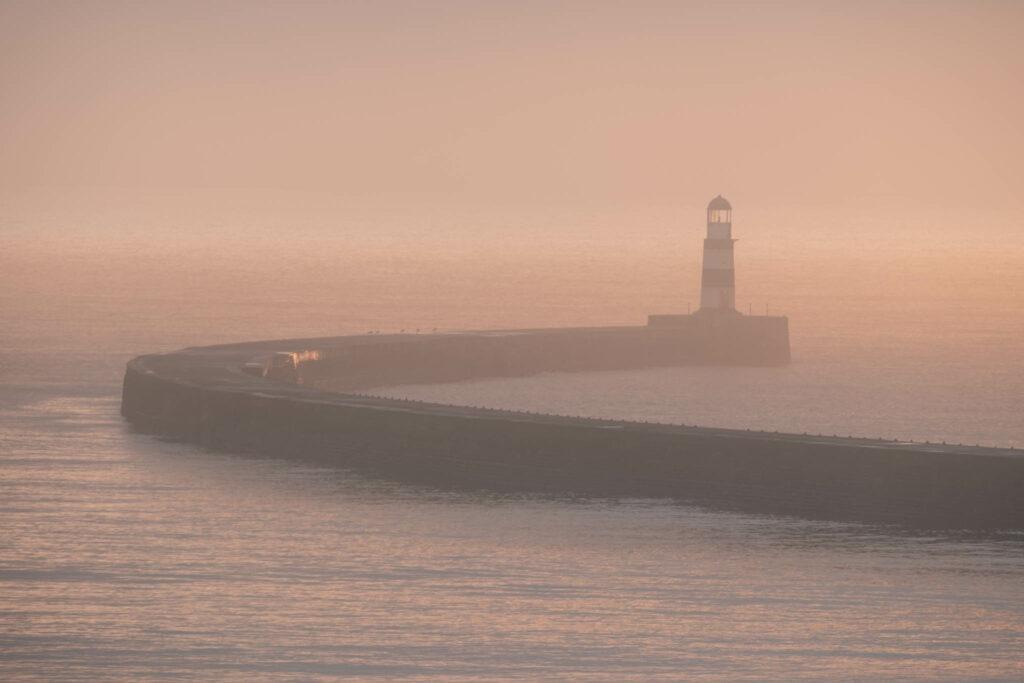


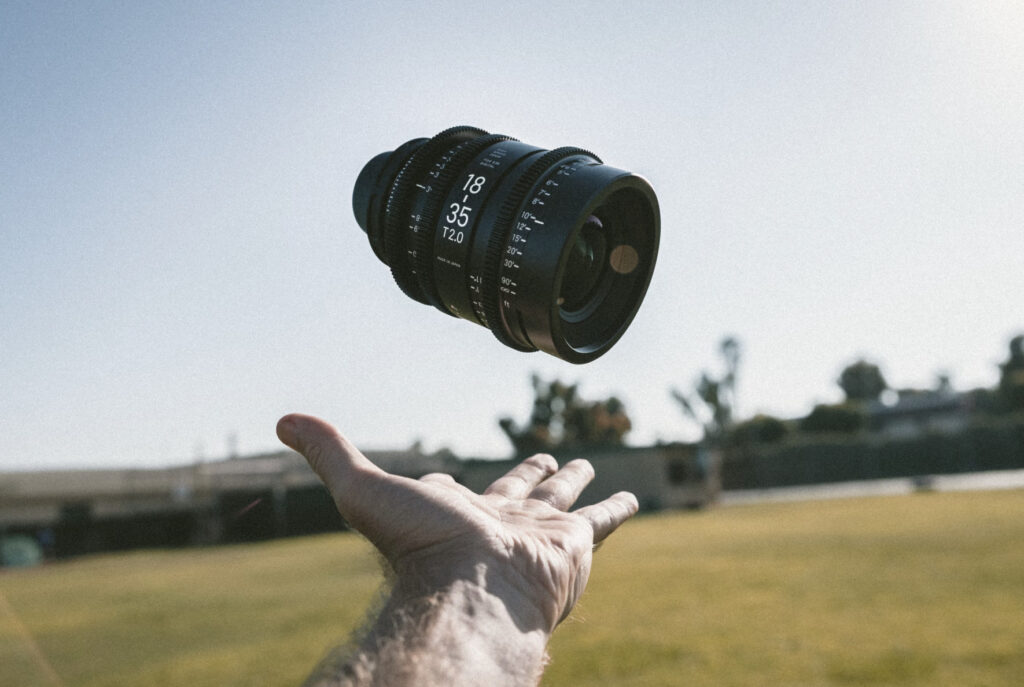
2 Comments
T’ain’t all plain sailing, though. Back a way, the only lubricants available had serious implications.
Some would eventually dry out
Sometimes we’re talking about petroleum based grease, which – when it eventually dries out – separates into solid and liquid components. This can lead to the liquid components migrating through the lens and settling on the innermost surfaces of the lens components, degrading optical performance. The solids on the other hand can freeze up the moving parts, or lead to increased abrasion and wear.
There’s no single description for these issues – you need to carefully consider this in the context of the particular lenses you’re looking at. And while the lenses may be inexpensive, a serious service may be necessary, adding to the cost of the lens.
Funny, I do the opposite. I use modern lenses on older AF cameras. Not all work but some do and do very well.